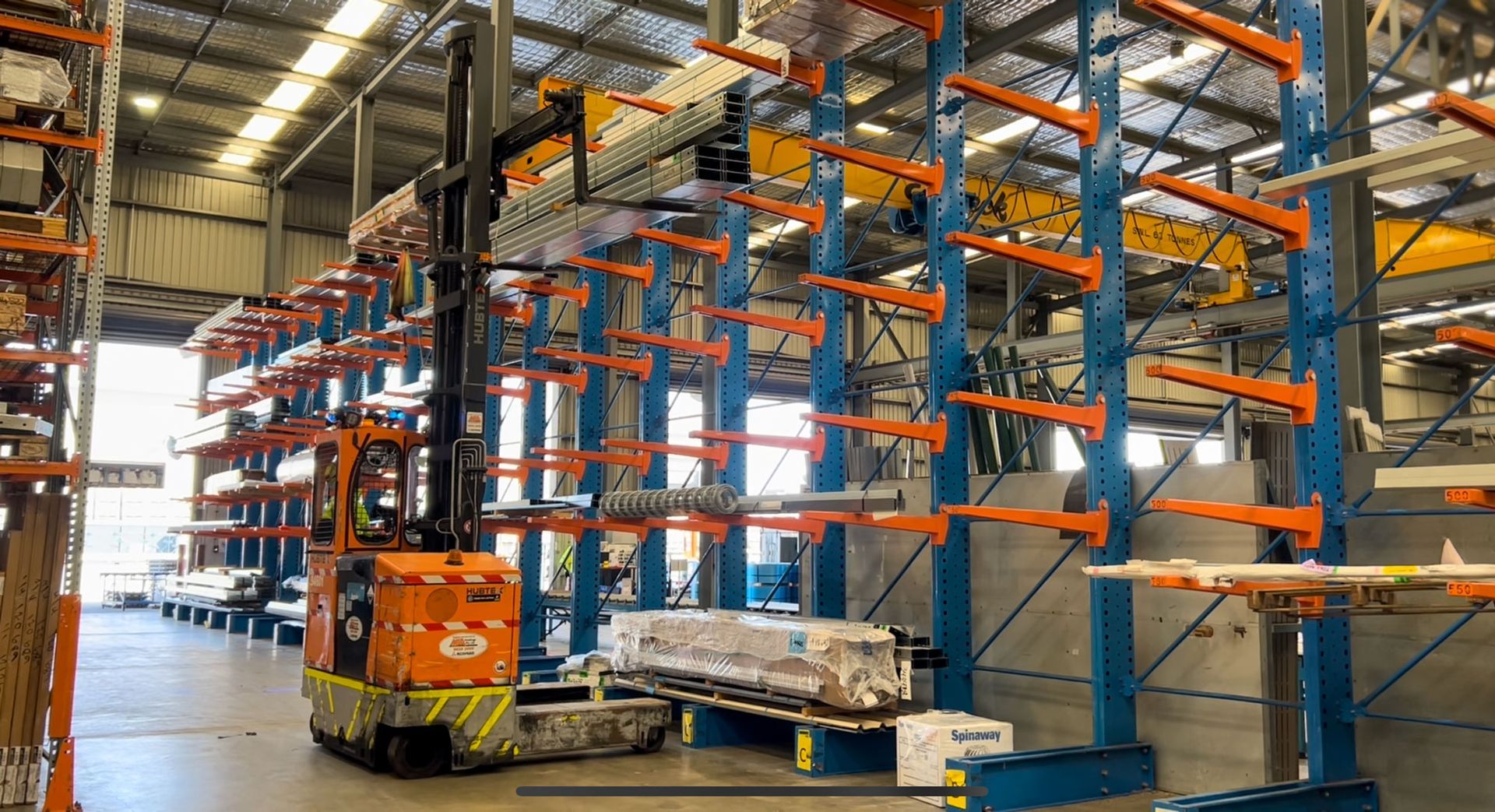Why Your Performance Review Isn't Working (and How to Fix It)
Does anyone actually enjoy performance reviews?
It seems not many managers or direct reports do, and even less employees look forward to the opportunity!
To be fair, managers see the purpose and overall concept as constructive, but there’s a few impediments. The first is a problem that affects many other tasks, and that’s time, or a lack of it. Typically, performance reviews are scheduled annually, and it seems annual is still too soon.
Inevitably, many employees escape the annual one-way conversation about how things are going and continue with their work. Or they leave the business.
The other problem is the time between reviews. In truth, annual is way too big a gap, especially with business and economic conditions changing so rapidly.
Look, I’m not saying don’t do an annual review. They can be useful, but within the context of the time frame. An effective annual review should have a longer-term perspective, or it can be linked to an annual pay increase.
Our observations indicate that managers do conduct frequent, unstructured reviews, but they are usually tied to an event like the employee made a big mistake or did an amazing job on a project. Or the employee’s recent performance or attendance has warranted a serious discussion.
These are what I’d define as ‘reactive’ reviews. You do a review because something has occurred to prompt a review - of sorts. Of course these are absolutely necessary, but that same trigger for a review normally misses the silent majority of your team who are doing a pretty good job.
The Power of Informal Reviews
I had a client a few years ago who asked me to find him a floor manager. The short story is that I didn’t recruit anyone, the perfect candidate was right under his nose. That same person, an existing employee whose performance had never been reviewed was someone who was key to their operation and through general work conversations, I knew had ambitions. That floor manager is now their General Manager. By the way, there was no recruiting fee – the reward was in the outcome for the owner and employee.
The point is, a general workplace conversation can be very effective, perhaps more so than the formality of an annual review. As part of our service, we conduct informal reviews with employees every day, it’s part of our job. What we’ve discovered is that those discussions, which are built on a systemic review process, lead to new opportunities, ideas about how to be more productive, or sometimes an early departure from the business. We call these check-ins.
Check-Ins
The system we use for check in’s is based on time in the job and what happened at the last check in. For example, we check in with a new employee within the first week. If everything is running well, we check in again each week for the first month. And if everything is still fine, check-ins would continue monthly.
That example is our default program of check-ins, and it rarely follows that sequence. In practice, check-ins are far more frequent and importantly, linked to an action from the last conversation.
There are literally hundreds of different reasons, but all of them become the topic of our next check-in. Often, the direct report will be involved. The overarching objective of all this communication is to improve productivity. Bearing in mind that safety, employee wellbeing, retention, skills, employee engagement, termination, and many other things have a direct or indirect impact on productivity. If it doesn’t, you might want to reassess why you are doing it!
Tips for Check-ins
Structure. Create a structured timetable of when check-ins will occur, by default. Whatever system you decide on, make it practical, right for you and your operation, and be consistent.
Start the conversation with their feedback. Whenever possible, invite employees to comment on the highs or lows, and their thoughts on what caused the result or outcome. Some employees may find it difficult to express their thoughts. This is where leading and probing questions are very useful in seeking the thoughts and feedback of your employee.
Metrics. Many manufacturers now have Manufacturing Execution Systems (MES/ SCADA / ERP) which feed live data on output, KPI’s, downtime, error rates or efficiency. Metrics can be a very constructive topic of conversation. Inviting the employee to talk you through their metrics is a safe start, remembering the purpose of your conversation is to improve productivity. That means you want your employee to dig down into what happened and why.
Ability. What level of competency is your employee, compared to where they should be at this stage?
Coaching. Creating a safe space for dialogue and balancing accountability with encouragement can help people get better and improve. That improvement should be self-determined since you’re inviting their input into fixing what they are doing.
Microlearning. Feedback can be coupled with micro training sessions that focus on a small area of skill development or refresher training. Sometimes a 10 min session on an aspect of performance, especially one they’ve highlighted, can make a difference in output but also engagement.
Why This Works for Perth-Based Businesses
WA has unique economic conditions along with an employment market which can often be quite different to the East Coast and other parts of Australia. This means performance management practices have different impacts and benefits such as:
- Tight labour market: Continuous feedback builds loyalty and upskilling, reducing turnover.
- Rising labour costs: Daily performance visibility prevents waste, improves quality and output.
- Generational change (more Gen Z): Frequent, short, tech-enabled feedback resonates better than annual reviews.
- Safety + compliance pressures: Embedding safety metrics daily reinforces obligations under WHS Act 2020 and Workers Compensation & Injury Management Act 2023 (WA).
Summary
Traditional annual performance reviews often fail to deliver meaningful results. That’s because they are too infrequent and often don’t address the immediate need that might otherwise lead to a more productive and happier employee.
A more effective approach is to replace annual reviews with regular check-ins. Structured but conversational reviews that focus on feedback, action items, and continuous improvement.
The outcome: managers move from one-off and infrequent evaluations, to an ongoing system that builds engagement, skills, productivity, and loyalty.
If you're looking for a recruitment partner who support you with performance management, IRP is here to help you. Reach out to a member of our team today to get started.











